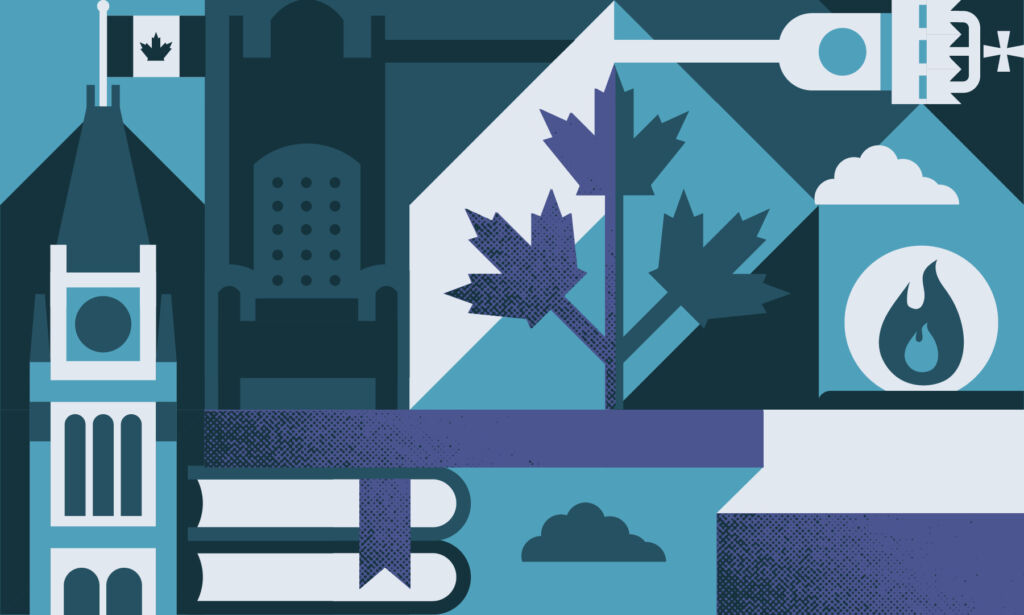Watch Senior Economist David Macdonald's March 24 testimony at the House of Commons Standing Committee on Finance here. (Starts at 15:44:45)
I’d like to thank the committee for the invitation to speak to you today on the pressing issue of inflation. While there were clear inflation pressures in late 2021, the situation has gotten much worse with the Russian invasion of Ukraine. Despite this, there are four main drivers of the higher Consumer Price Index. I’d like to examine each in turn and then move to what the federal government might be able to do to address these pressures.
The four main drivers of inflation that have both seen large increases in the past year and represent relatively large proportion of the consumer basket are:
- Homeowner replacement costs—house purchase prices
- Purchase of cars and trucks
- Gasoline and home heating oil
- Food—particularly meat
On the first item of home purchase prices, there has been an Incredible increase in house prices since the start of the pandemic due to several factors, not least of which is record low interest rates. Recently, this has led to overwhelming investor interest. Investors now make up quarter of all new mortgage loans in major markets.
It's worth pointing out that sky-high home prices are not due to lack of new houses. In fact, over the past four years we’ve built more new homes than we’ve created new families. Also there is no simple one home per family rule. With investors buying a quarter of all homes, there could never be sufficient supply as investors scoop up second, third and fourth properties.
The federal government didn’t cause this problem but it's likely the area where federal government can have most impact. Recent federal housing affordability measures have often focused on providing homebuyers with options for more leverage: The Canadian Mortgage and Housing Corporation's (CMHC) shared equity mortgage or tax breaks for first-time home buyers simply drives up prices further. At this point, the focus should be on investors, whether foreign or domestic, with the goal of changing expectations about the market. This isn’t a problem of fundamentals, it’s a problem of market psychology.
The Office of the Superintendent of Financial Institutions (OSFI) and CMHC have plenty of tools available to tamp down investor demand and moderate prices as a result. Requiring ever higher downpayments for investment properties would be a good first step. Increasing the down payment from 20% to 30% on first investment properties and then requiring an additional 10% down for every additional investment property would send a strong signal. CMHC should also limit borrowed money as a means of downpayments (for example, Home Equity Lines of credit from existing properties). More transparency in biding and inspections can help, but will have a limited impact on prices in the short term.
The second driver of prices is gasoline and home heating oil. The war in Ukraine is having an immediate impact in this area. Obviously, the federal government doesn’t control international oil prices nor did it cause these prices to increase—the Russian invasion did. There are some steps in the short, medium and long term that could help here. In the short term, the oil price boom will lead to record profit profits in the oil sands. However, an extraordinary profits tax on Canadian oil and gas producers recycled into a transfer for low-income households could offset the impact of higher gasoline prices. In the medium term, we should accelerate the shift away from gasoline for personal vehicles. Unfortunately, long wait lists for electric vehicles and the fact that key battery metals like nickel and palladium come from Russia make this more of a medium-term goal. Long term, we need to kick carbon out of our economy so its variable prices stop affecting the entire transportation supply chain of goods. We need to do it to combat climate change, but it also makes us far less dependent on despotic regimes the world over.
The third category of high cars and truck prices is related to supply chain issues and poor purchasing decisions early in the pandemic by automakers, particularly of cancelling microchip orders. This is an international problem and isn’t unique to Canada. In the fall, production was resuming but border disruptions since then, along with key inputs coming from Russia, threaten to prolong higher prices here.
The fourth category driving inflation is food prices and particularly high meat prices. In part, this is related to the drought last summer in the Prairies. However, there is also heavy market concentration, with only three plants in the country processing 90% of all Canadian beef. In fact, one of those companies cite high beef prices as a reason for its record profits in 2021. Not only are companies passing on higher prices to consumers, they’re adding an additional margin to pad their profits. Unfortunately, there will likely be a further impact of the war in Ukraine via higher wheat and fertilizer costs on food prices, although this impact will take longer to materialize.
In conclusion, several of the key drivers of higher prices are international and unrelated to government policy. Ever-increasing home prices are a distinctly domestic issue and the federal government could address these increases by cutting investors out of the market. While oil prices are international, our reliance on gasoline to fuel our transportation is not, all the more reason to move to a carbon neutral future in Canada.
*These remarks were edited for clarity.







